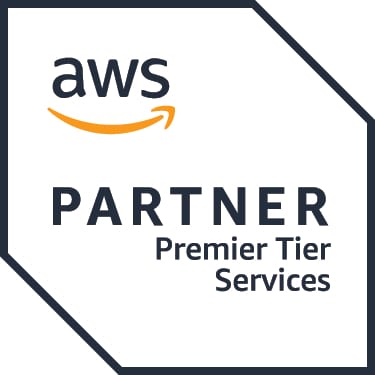October 08, 2024
When the Cloud Is Right for Organizations Deploying Artificial Intelligence
Artificial intelligence is changing the way companies should manage their cloud presence.
When it comes to innovative and emerging technology, artificial intelligence is the topic on the tip of everyone’s tongue. There is palpable excitement around the efficiency and cost savings many IT leaders predict as a result of AI adoption. But there’s also a sense of uncertainty as many organizations struggle to identify best practices for full implementation.
In a recent survey conducted by CDW, 68% of respondents indicated they already use AI in some form. The use cases for AI are multitudinous, including content creation with generative AI, chatbots and other contact center applications, and predictive analytics that can anticipate and expediate repairs on manufacturing lines.
While some of these solutions have been around for several years, the sudden surge in generative AI and machine learning has accelerated the adoption of new AI applications. However, the 68% mentioned above might actually be higher, because many people don’t realize they’re already using AI in some common forms.
Common Current Use Cases For AI
Among respondents who said they’re already using AI in some capacity, certain use cases rose to the top.
- Customer contact centers: AI has been quite common for several years in call centers, which was the use case most commonly cited by respondents to the survey. Whether through video analysis or sentiment analysis, AI allows organizations to interact with customers in a multichannel format to provide better customer service via video, voice, text, chatbot or email. The integration of these disparate components has been going on for years, using cloud-based inferencing engines and the ability to convert voice to text.
- Data analysis and research: AI use for data analysis and research is driven by the huge volumes of data we’re producing. Sorting through that data and turning it into actionable insights are key tasks that AI can perform. As we train models to read through the data and perform the analysis, we can quickly convert raw data to usable information. Users can ask a database questions using natural language, and those queries will prompt the generative AI tool to return insights from the data. It's very easy now to capture raw data and turn it into a data set that can be queried to help you make decisions about how to run your business.
- Automating repetitive tasks: AI is being used to automate lower-level tasks to make workloads more efficient. Generative AI can use data to answer simple questions, a capability that can save staff time by looking up answers to common questions.
Why Organizations Depend on the Cloud for AI
According to CDW’s research, among respondents who use AI across various workloads, 48% run AI in a public cloud, 53% run it a private cloud, and 53% use a hybrid environment.
As people begin producing AI components for their business, there are two stages. There's the upfront AI training, data analysis, data cleaning and similar activities. A lot of these are done in the cloud because it provides scalable access to GPUs and compute capacity. Once these are done, the model is built. Whether it's a data analysis model or a generative AI model, these are a lot lighter to use than people realize, and they can often be brought back on-premises.
A hybrid cloud model is the most popular because it provides flexibility. You don't have to build out a lot of GPU farms on-premises; you can do the initial portion in the cloud and then bring proprietary data back onsite.
Such hybrid solutions are likely a portion of the 33% of survey respondents who indicated they migrated 25% to 49% of their workloads to the cloud, only to move them back on-premises. And 33% of respondents also said they are considering moving 10% to 24% of workloads currently in the cloud back on-premises.
The Importance of Data Governance for AI
Many survey respondents said they are struggling to ensure the quality of their data, given the volume of data being generated and used by AI. A lot of CDW customers consider data quality to be one of the most pressing issues related to moving forward with AI.
While we do spend a lot of time helping our customers clean their data, we approach it differently. We start with data governance so that we understand what the guardrails are for protecting data; for example, what requirements we have in place for personally identifiable information or financial transactions. Then, we look at the data sources. Are they old? Are they clean themselves? Are they missing information? Then we know what data we can use and how to clean it.
CDW can help its customers in their AI journey, first and foremost, by understanding what the business is looking for and helping to design AI responses to address that. We have a program that can educate people about what's possible in the various areas of AI. We have our data team, which can help with data governance to ensure that you meet your compliance and risk requirements. And, we can work through systems that allow a rapid response to data, because the biggest killer in AI is a slow response. We're truly a full-service shop for all of your AI needs.


